Siz Education || The five generations of computers || by @mydreamworld || January 26 2022.
Assalamualaikum. I am fine and here with a new topic realated to siz Education.Today i am writing about the beginning of Computers and technology.
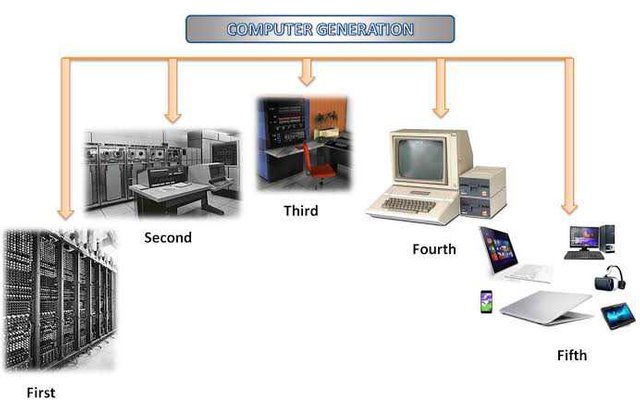
source
Computers are an important part of our daily lives now that many people take for granted and what they have added to life completely.Even more so the generation has grown since childhood within the evolution of the global desktop and laptop computer since the 1980s.
Computer history goes back a few decades however and there are five unexplained computer generations.
Each generation is characterized by significant technological advances that dramatically change the way computers work - resulting in integrated, less expensive, but more powerful, efficient and robust machines.
1940 – 1956: First Generation – Vacuum Tubes
These early computers used vacuum tubes as circuitry and magnetic memory drums. As a result they were huge, taking up all the rooms and costing a lot of money to operate. These were inefficient materials that produced high temperatures, absorbed large amounts of electricity and later produced high temperatures that caused further deterioration.
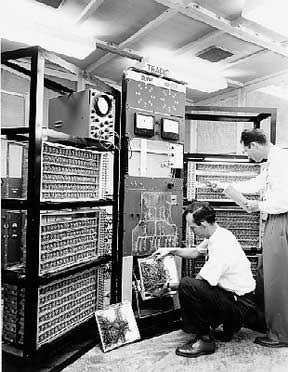
source
These first-generation computers rely on ‘machine language’ (which is a basic programming language that computers cannot understand). These computers were limited in solving one problem at a time. Input was based on printed cards and paper tape. The output is out of print. Two notable machines of the time were the UNIVAC and ENIAC machines - UNIVAC is the first commercial computer purchased in 1951 by a business - the US Census Bureau.
1956 – 1963: Second Generation – Transistors
The replacement of vacuum tubes by transistors saw the arrival of the second generation of computers. Although first introduced in 1947, transistors were not widely used in computers until the late 1950's. It has been a huge improvement over the vacuum tube, despite putting computers at damaging temperatures. However, they were much higher than vacuum tubes, making computers smaller, faster, cheaper and less difficult to use electricity. They were still relying on the discarded card to get the input / print.
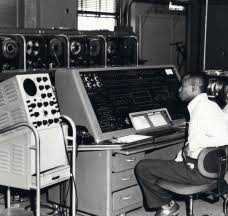
source
The language has evolved from a mysterious binary language to a figurative language (‘meeting’). This means that programmers can create instructions in words. About the same time high-level editing languages were developed (earlier versions of COBOL and FORTRAN). Transistor-powered machines were the first computers to store instructions in their memory - from a magnetic drum to a magnetic 'technology. Early versions of these machines were designed for the atomic energy industry.
1964 – 1971: Third Generation – Integrated Circuits
At this stage, the transistors were now miniaturized and mounted on silicon chips (called semiconductors). This has led to a dramatic increase in the speed and efficiency of these machines. These were the first computers where users connected using keyboards and monitors connected to the operating system, significant jumps from punch cards and printers. This allows these devices to run multiple applications simultaneously using a centralized system that works to monitor memory.
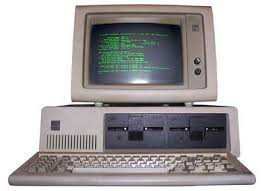
source
As a result of these developments that made machines cheaper and smaller, a new mass market for consumers emerged in the mid-1960's.
1972 – 2010: Fourth Generation – Microprocessors
This flexibility can be summed up in one word: Intel. The chip maker built the Intel 4004 chip in 1971, which integrated all computer components (CPU, memory, input / output controls) into a single chip. What filled the room in the 1940's now got into the palm of my hand. The Intel chip has kept thousands of circuits connected. The year 1981 saw the first computer (IBM) designed for home use and in 1984 saw the MacIntosh launched by Apple. Microprocessors even extend beyond the computer space and become a growing number of everyday products.
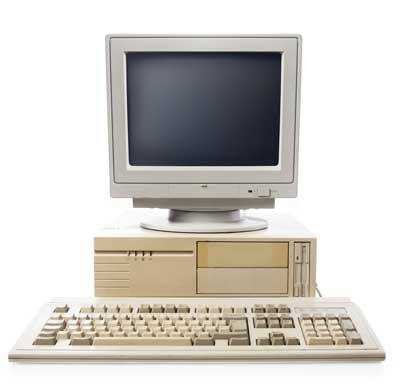
source
The increasing power of these small computers means that they can be connected, forming networks. The latter has led to the development, birth and rapid evolution of the Internet. Other major improvements during this period have been the Graphical user interface (GUI), mouse and impressive advances in lap top capabilities and handheld devices.
2010- : Fifth Generation – Artificial Intelligence
Artificial intelligence computers are still being developed, but some of these technologies are beginning to emerge and are being used as voice recognition.
AI is a reality that occurs using the same processing as superconductors. Depending on the future, computers will also be greatly transformed by quantum calculations, molecular technology and nano.
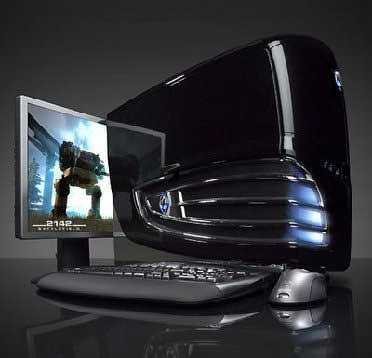
source
The fifth generation generation will use this technology to develop machines that can process and respond to native language, and have the ability to learn and edit.
Regards: @mydreamworld
Thanks for reading